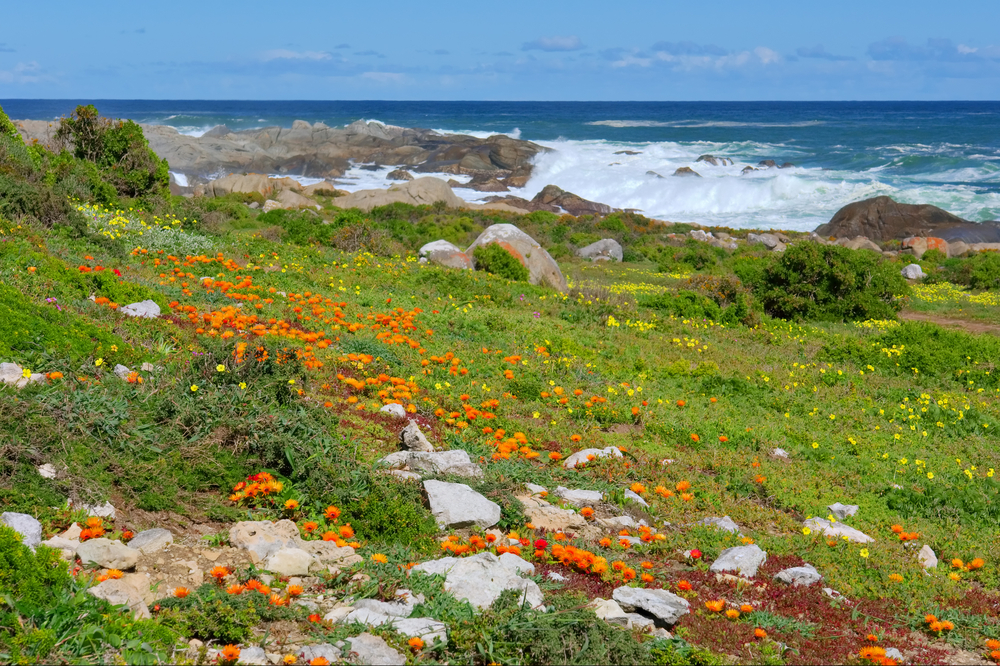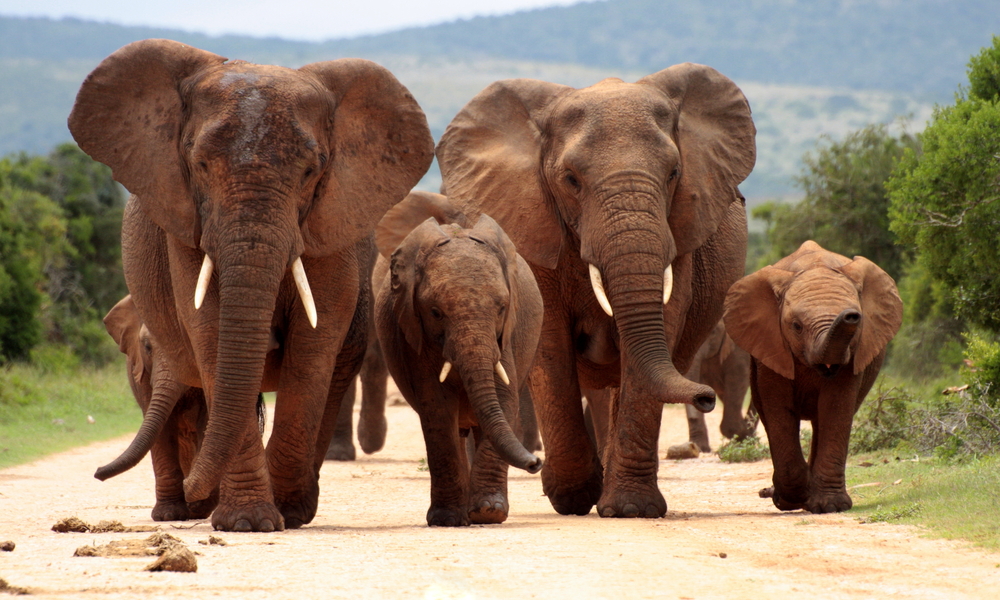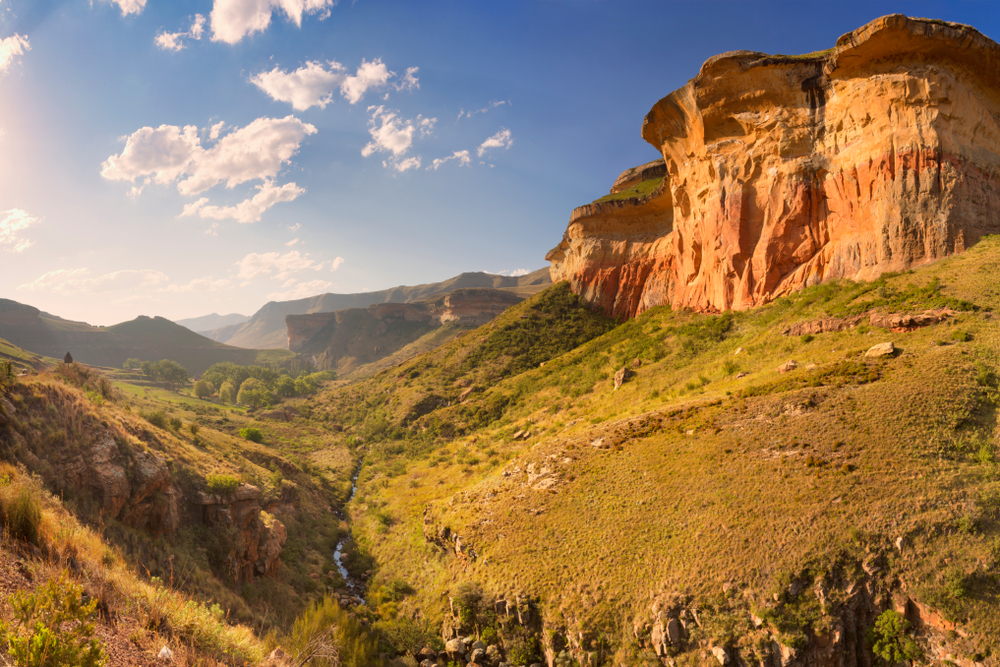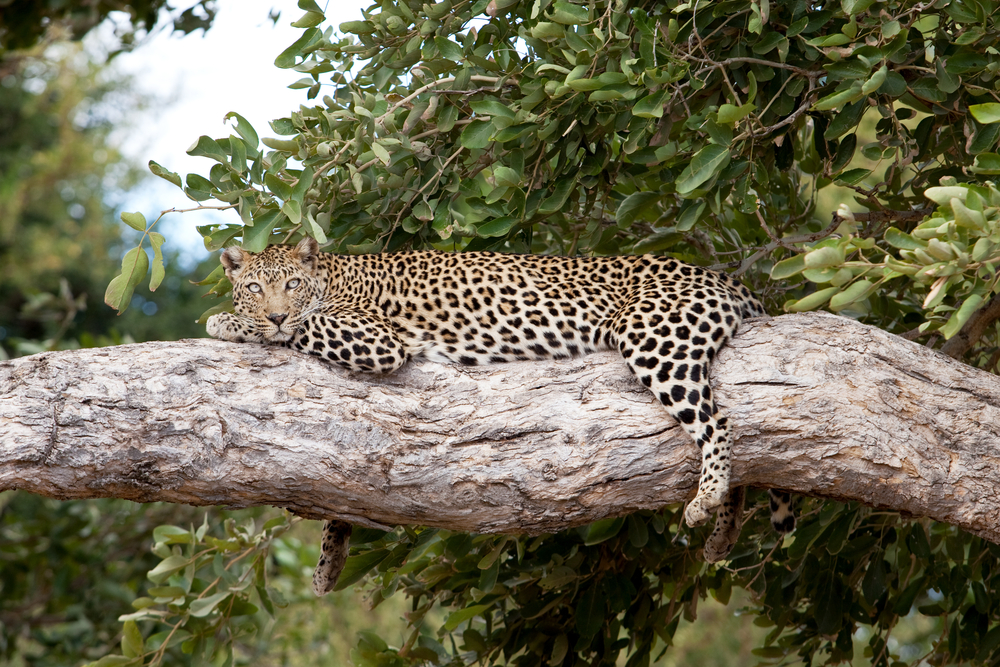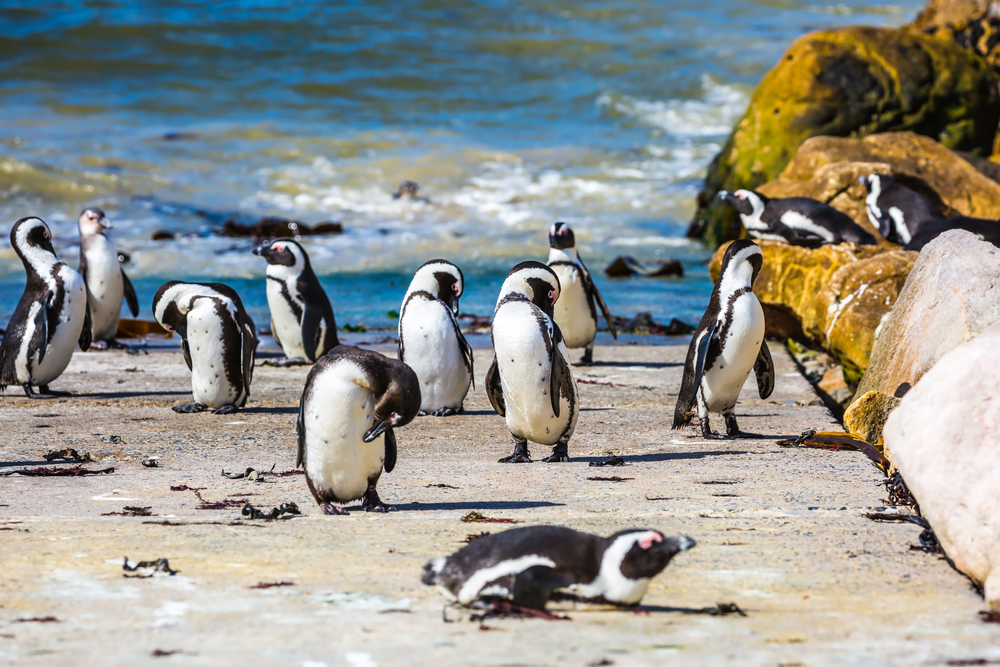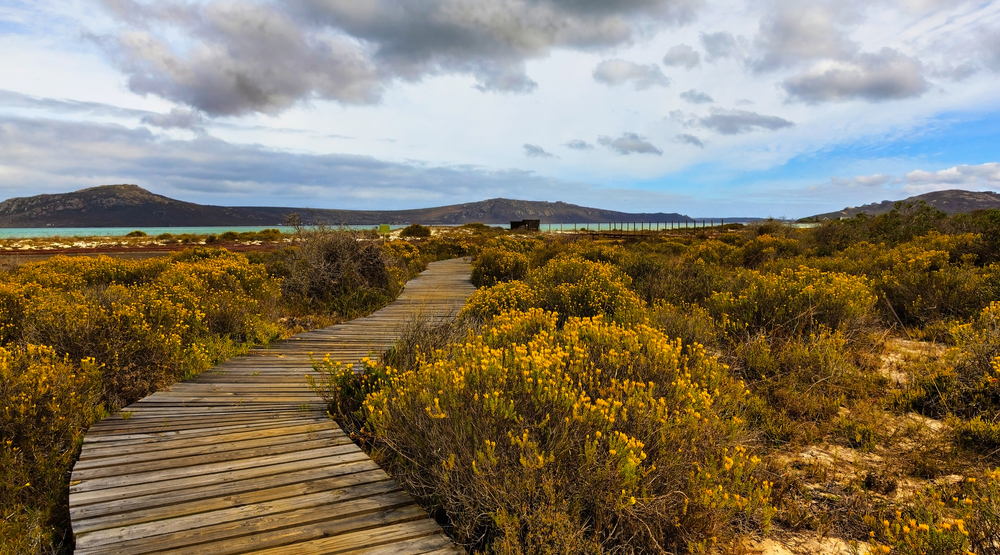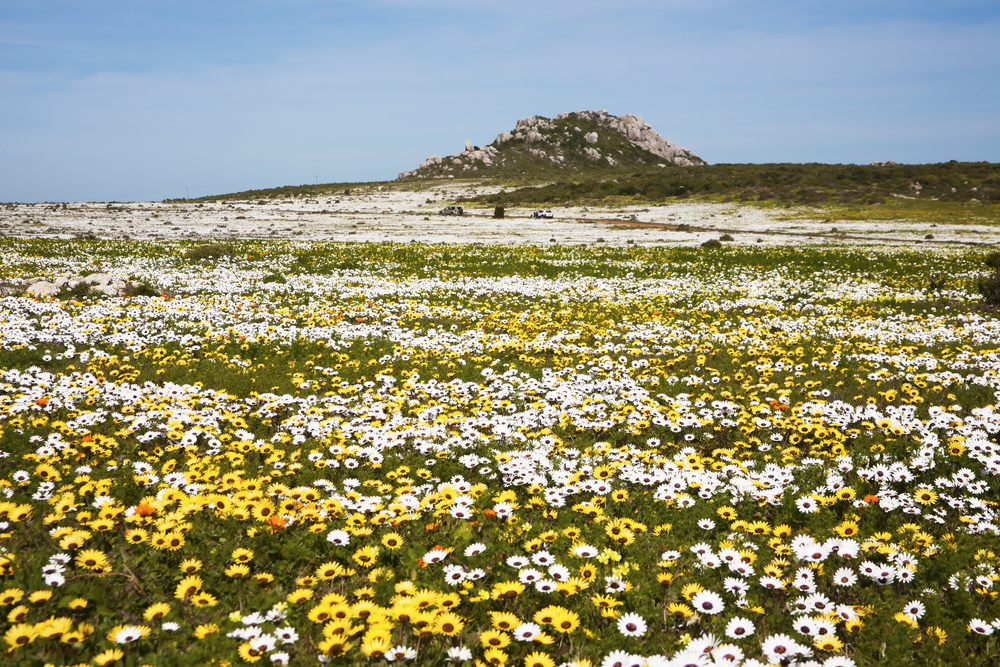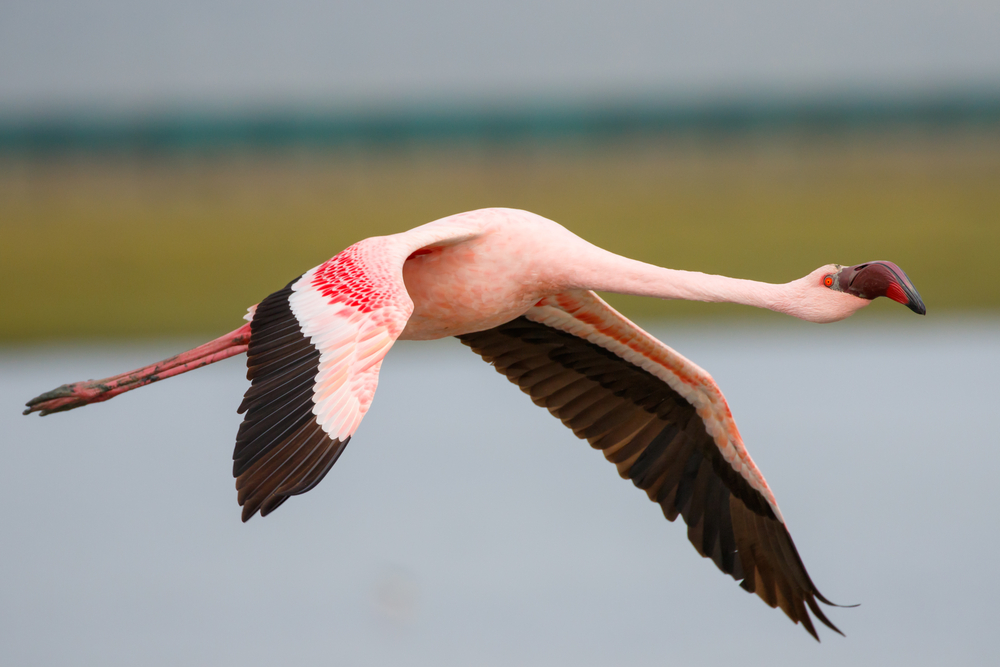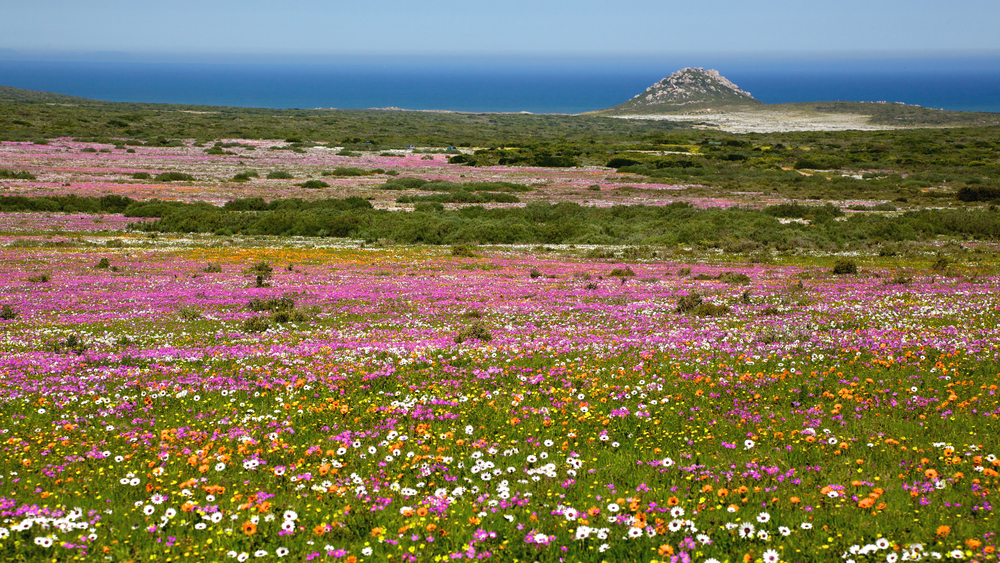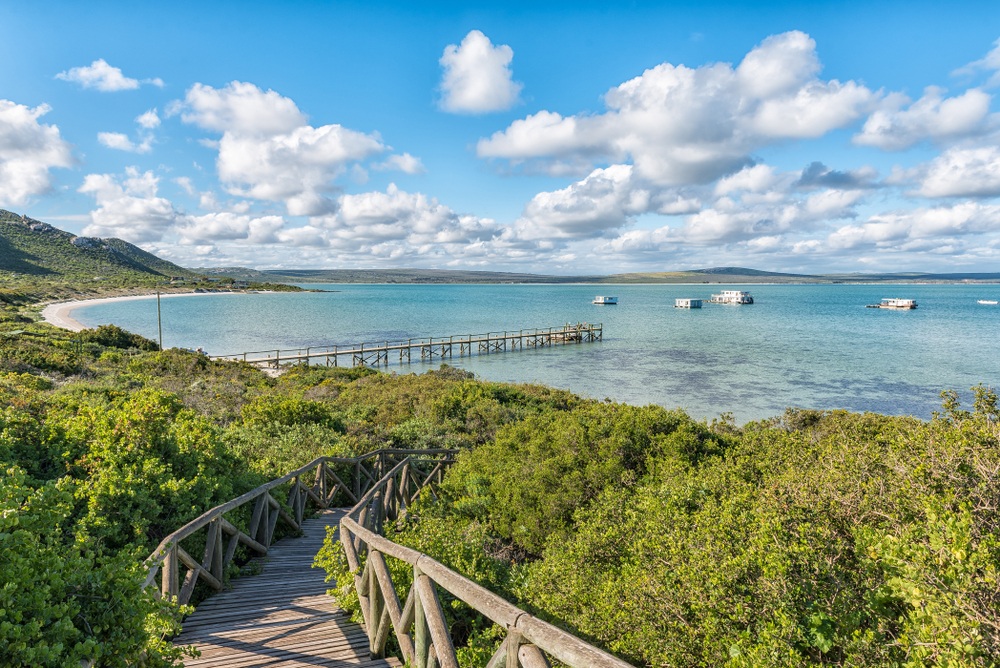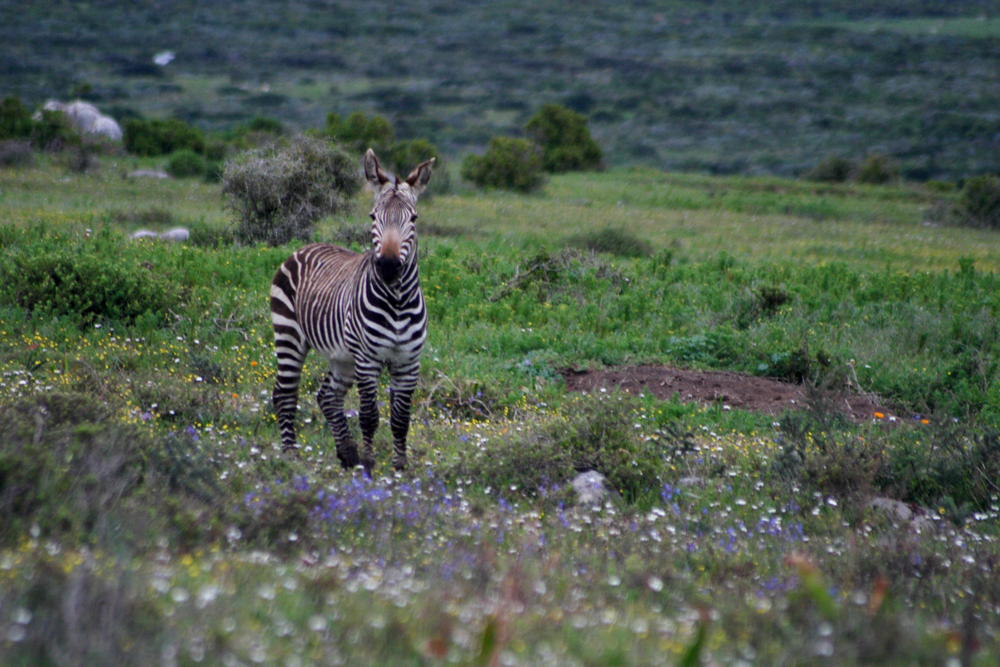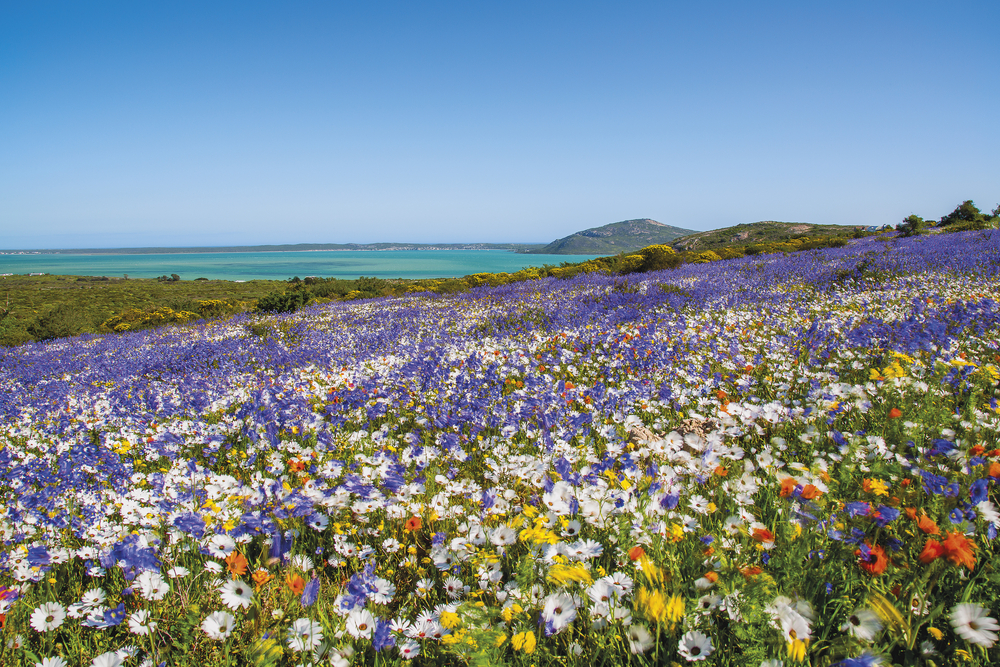West Coast National Park, located on the western coast of South Africa, is known for its picturesque landscapes, diverse ecosystems, and abundant birdlife. One of the park’s main attractions is the stunning Langebaan Lagoon, a vast tidal saltwater lagoon that stretches along the coast.
The lagoon is renowned for its crystal-clear waters, pristine beaches, and vibrant displays of wildflowers during the spring flower season, making it a popular destination for birdwatching, photography, and outdoor recreation.
In addition to its coastal scenery, West Coast National Park encompasses a variety of other habitats, including salt marshes, wetlands, and fynbos-covered hills. These diverse ecosystems support a rich array of plant and animal species, including numerous species of birds such as flamingos, pelicans, and African black oystercatchers.
The park is also home to a variety of mammals, reptiles, and amphibians, including antelope species such as eland and bontebok, as well as small predators like caracal and African wildcat.
West Coast National Park offers visitors a range of activities, including hiking, birdwatching, picnicking, and wildlife viewing. The park’s scenic beauty and tranquil atmosphere make it an ideal destination for nature lovers, families, and outdoor enthusiasts seeking to explore the natural wonders of South Africa’s west coast.








































































